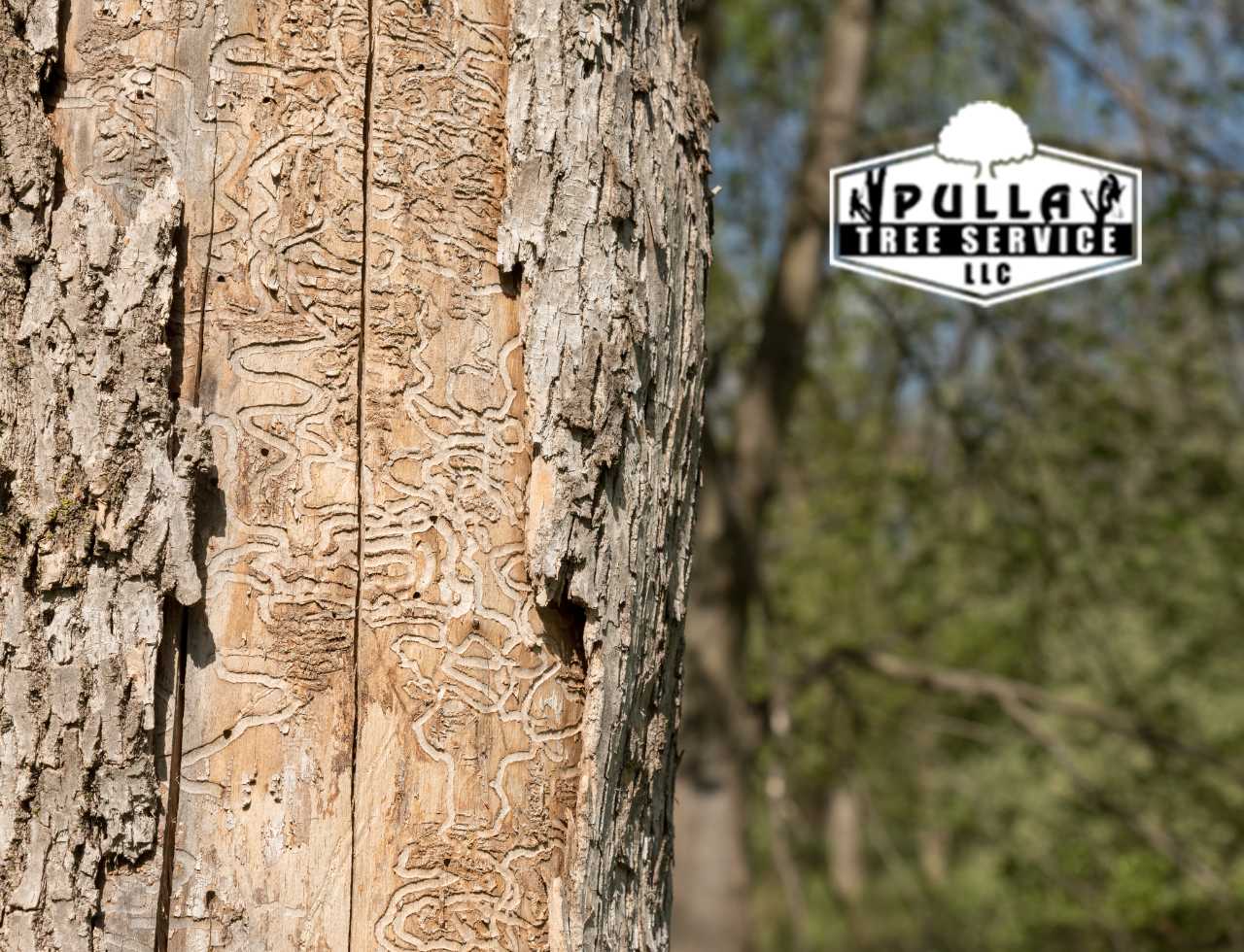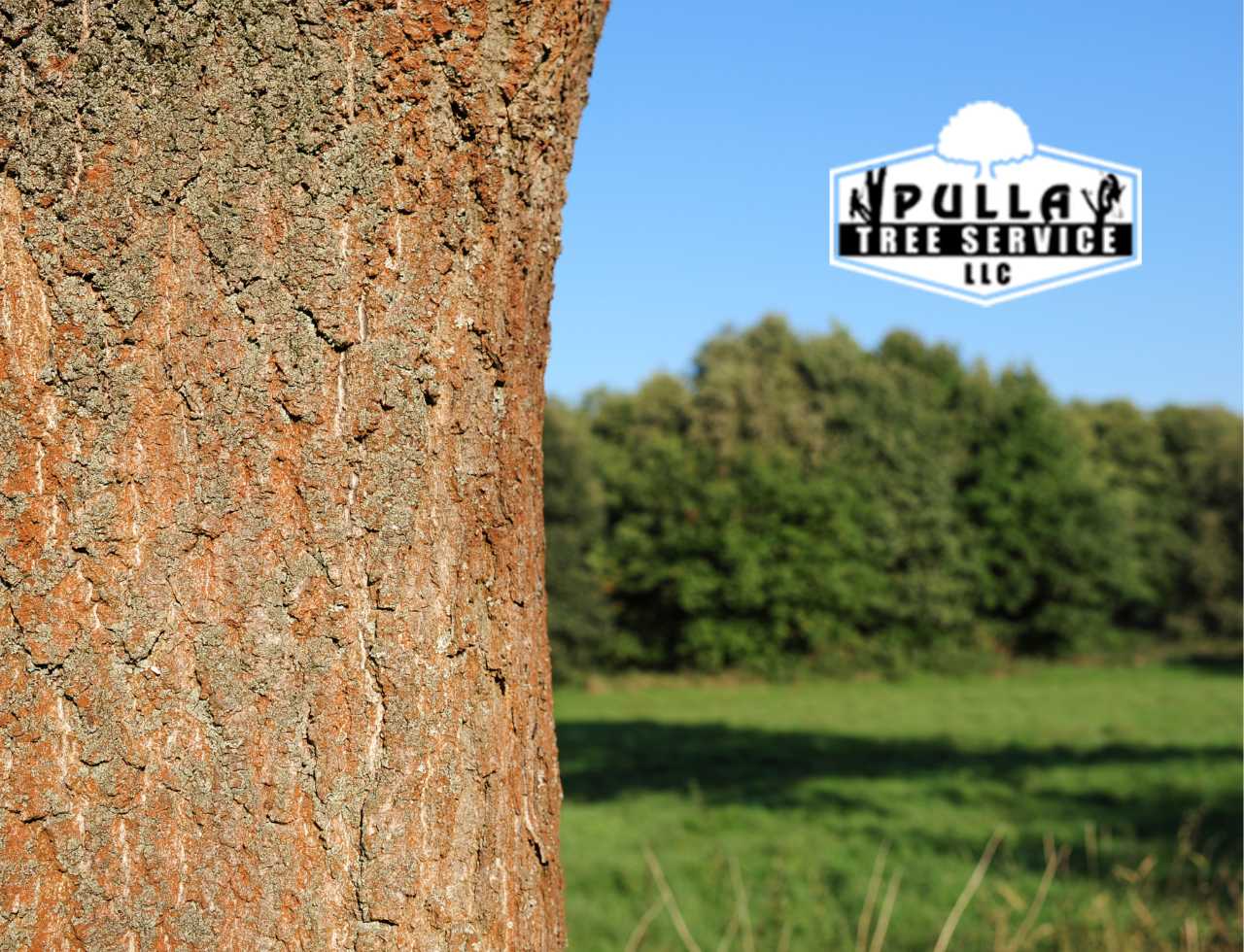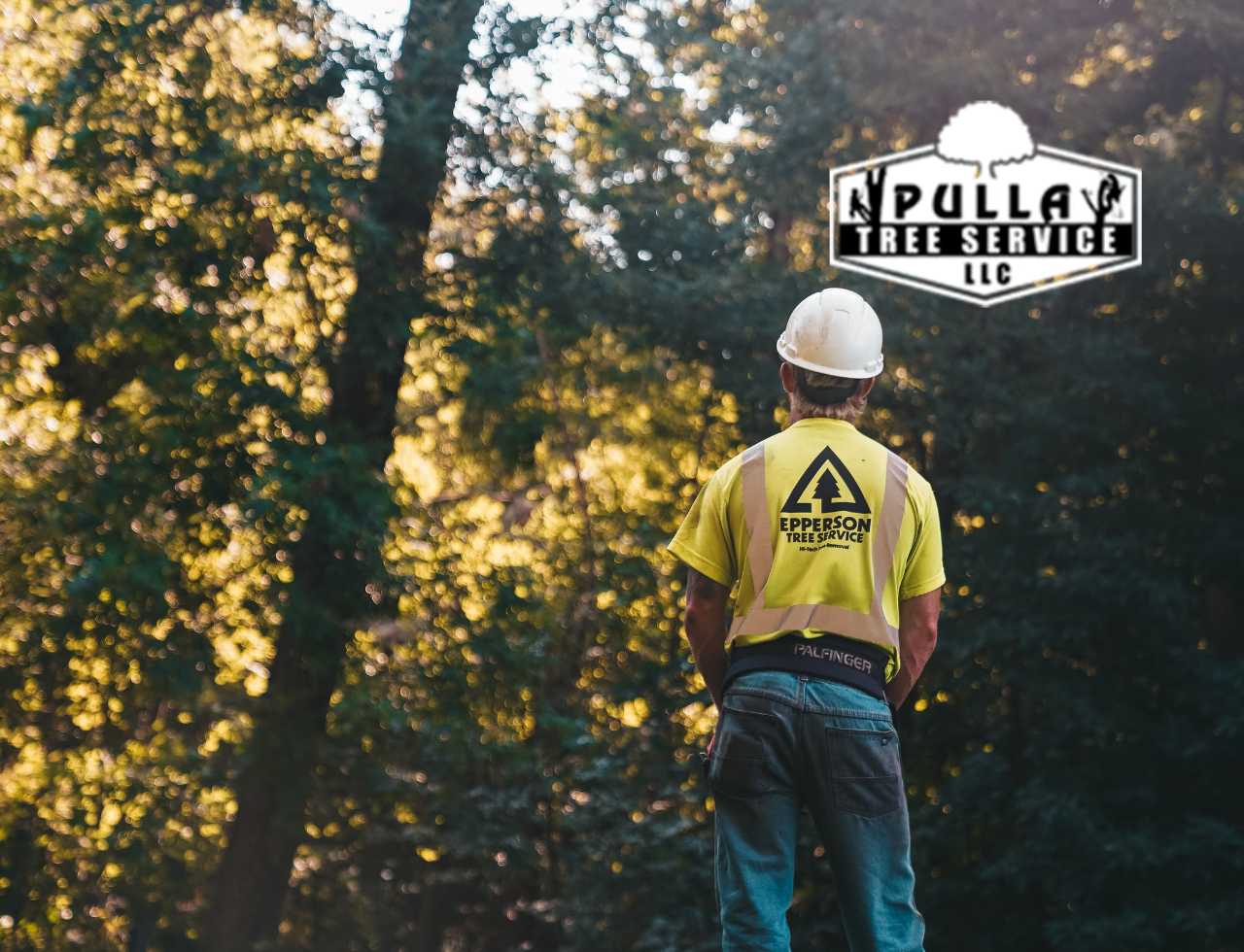
- Fri, Sep 2024
- |
- Pulla Tree Service
As you walk through the forest, you may notice the various trees around you. Learning how to identify an ash tree among them can be an exciting challenge, where every bark and leaf reveals something unique.
This guide helps make it easier to recognize an ash tree, clearing up any confusion you may have in the forest. Today, people value trees more than ever, and learning about them helps protect the environment while bringing personal achievement.
Embarking on an Arborist Journey: How to Identify an Ash Tree with Ease

Identifying an ash tree, with its distinct characteristics and unique presence in our ecosystems, is a skill that augments our connection with nature. As you delve deeper into the art of arboriculture, learning the signature traits of an ash tree, such as its leaves, bark, and seeds, will enhance your woodland adventures and amplify your understanding of the ecological significance they bear.
The ash tree stands out for its strength and aesthetic appeal. It provides hardwood for manufacturing and plays a pivotal role in ecosystems. It is, therefore, a fascinating and crucial endeavor to understand how to identify it amidst the plethora of other species.
Navigating Through Nature: A Comprehensive Guide on How to Identify an Ash Tree
The Ash Tree: A Glimpse into its Significance
Ash trees have long stood as colossal giants in our forests, offering ecological benefits and aesthetic grace. Their wood is a coveted material in various industries. At the same time, their presence in natural ecosystems provides vital habitats and sustenance for numerous species.
Unveiling the methods of identifying ash trees will lead to a deeper appreciation and proactive involvement in their conservation.
Observing the Unique Leaf Structure
Examining the leaves is paramount when trying to identify an ash tree. Ash trees belong to the genus Fraxinus and are distinguished by their pinnately compound leaves.
Each leaf stem usually has 5 to 11 leaflets, which grow in pairs along the stem, with one leaflet at the tip.
Deciphering the Bark and Branches
The bark of an ash tree serves as another indicative feature for identification. Young ash trees generally boast a smooth and light gray bark, which, with age, transforms into a darker, ridged surface. Similarly, the branches of ash trees exhibit an opposite branching pattern, wherein branches, buds, and leaves are directly across from each other.
Recognizing the Seeds: Ash Tree Samaras
Ash tree seeds, called samaras, have a flat, narrow shape similar to a small spear or oar. They hang in clusters and often stay on the tree through the winter, making them easy to spot even in the colder months.
The Role in Ecosystem and Conservation Efforts
Understanding how to identify an ash tree is an individual skill and instrumental in larger conservation dialogues. Ash trees play a pivotal role in their ecosystems, and identifying them becomes the first step in acknowledging their significance and engaging in preservation initiatives.
Additional Points, Tips, Facts, and Current Issues

Key Identification Features of Ash Trees:
- Opposite branching structure.
- Pinnately compound leaves.
- Distinct seed formation, known as samaras.
- The transition from smooth to ridged bark with age.
Important Facts:
- You predominantly find ash trees in the northern hemisphere.
- The wood of ash trees is highly prized for its durability and versatility.
- Conservation of ash trees is pivotal due to threats like the emerald ash borer.
Fun Facts:
- Baseball Connection: Ash wood is famously used to make baseball bats because it’s both lightweight and strong, giving players the power and control they need on the field.
- Mythology: In Norse mythology, the World Tree, Yggdrasil, is often described as an ash tree. It was believed to connect the heavens, earth, and underworld.
- Fast Growth: Ash trees are known to grow relatively quickly compared to other hardwood trees, making them a favorite for landscaping and urban planning.
- Ecosystem Hero: Ash trees are vital to wildlife, providing food and shelter for numerous species, including birds, squirrels, and insects, especially in forest ecosystems.
Current Issues:
- Infestations weaken ash trees, making them more prone to falling and becoming hazardous.
- Conservation efforts are focusing on saving ash trees from pests and diseases.
- Dead ash trees pose a risk to public safety, so remove them quickly.
FAQs
- What are the key features to identify an ash tree?
Look for opposite branching, pinnately compound leaves, and samara seeds.
- How can I tell if an ash tree is young or mature?
Young ash trees have smooth bark, while mature trees develop ridged, darker bark.
- What role do ash trees play in their ecosystem?
Ash trees provide habitats, sustain wildlife, and support biodiversity in their ecosystems.
- Why is it important to recognize ash trees in forests?
Identifying ash trees aids conservation efforts and helps protect them from threats like pests.
- What are ash tree samaras, and when do they appear?
Samaras are winged seeds that hang in clusters and remain on trees through winter.
Rely on Expert Care for Your Ash Tree Concerns
With expert tree services in Fairfield, CT, you can seamlessly manage your property’s safety and aesthetic appeal. We prioritize your security, providing a hassle-free solution for removing diseased and dangerous trees that may threaten your space.
By choosing us, you’re opting for professional tree care that ensures a secure, lush, and thriving environment for your property. Experience the peace of mind from knowing skilled professionals handle your tree concerns.
Reach out today to start enjoying a future where every tree symbolizes safety, beauty, and ecological harmony!
